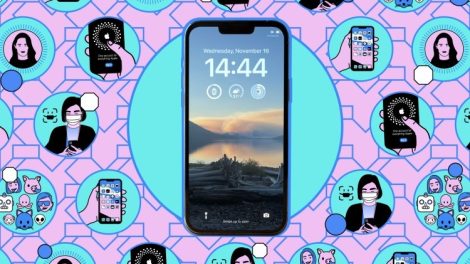At its surface, the Apple Vision Pro stands poised to unlock deep augmented and virtual reality experiences thanks to cutting edge micro OLED displays and precise head tracking systems.
However looking past hardware sheen, several nuanced design choices from Apple create usability constraints limiting achievable realities within imaginative digital worlds.
The Password Problem Plaguing Immersion
Firstly, Vision Pro lacks any biometrics options to unlock itself. No face recognition or fingerprints – just PIN codes standing between users and content access.
Normally passwords pose more annoyance than obstacles. Until they slip memory depths without trace. Suddenly forgotten passcodes create impasses you never considered: the device gets rendered an expensive paperweight.
No Self Service Password Reset Options
Sadly, Vision Pro precludes self serve password resets. Without a data transfer port, end users cannot connect the device to a computer for recovery. And with no Wi-Fi, over the air resets also face impossible.
Thus when you inevitably forget your PIN…shipping off the $3500 headset to Apple for erasure becomes the only option. Cumbersome wipes then require redownloading all content replacing customized local app, VR and productivity progress.
AirDrop’s Nearness Absence Delivers More Friction
Conversely, competitors like Meta Quest 2 leverage streamlined companion smartphone apps facilitating quick content AirDropped between devices to bypass Store bottlenecks.
But once again, Apple’s virtual isolationist streak denies Vision Pro any pleasantly convenient shortcuts.
A Troubling Presage Hunting Software Success
Collectively, the various usability gatekeeper limits darken software ecosystem potentialities which require frictionless interactions nurturing community sharing and mythic discoveries.
With VR pioneering whole new experiential paradigms, Apple Vision Pro heartbreakingly hampers itself towards endeavors transcending hype holding our unrealized potential.










Add Comment